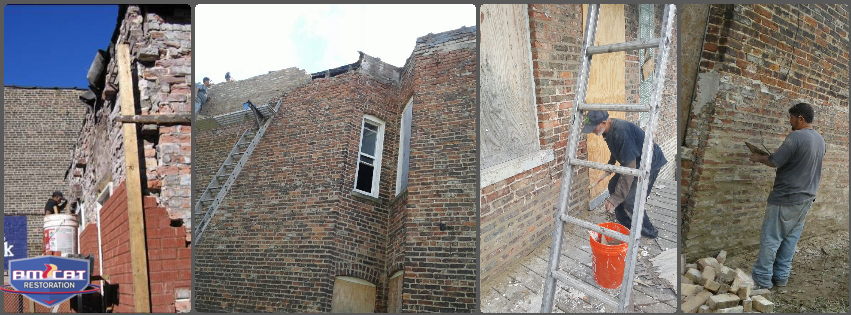
TUCKPOINTING EXTERNAL WALLS
Am-cats provides a Masonry crew per day with equipment will cost $400 per Manson or $3500 a crew per day, for all tuckpointing and foundation repair.
While tuckpointing is more of a preventative and aesthetic fix, repointing is the process of sealing mortar joints that are exposed to the elements just to keep water out to prevent further cracking or much larger repairs steam from sealing and or replacing areas that have been compromised from extensive water damage Team Am-cat will cut to a depth of 3/4 inch, then use a cold chisel and hammer to remove the mortar between the cuts. Many masonry companies grind out defective mortar joints to a depth of only 1/4 inch or 1/2 inch. But this is not deep enough to ensure a long-lived project. All grinding work preform by affiliated vendors from Tuckpointing, or mortar joints is to be ground out to a minimum depth of 3/4 inch. Applying fresh mortar on top of old mortar that is loose or falling out will do little or no good; enough of the old mortar must be removed to make room for a layer of new mortar that is at least half an inch thick, and even then it is important to make sure that what is left of the old mortar is still solid, The cement used for tuckpointing and laying is a hydraulic cement, meaning it is water-resistant. Portland cement is available in shades of grey and white. The standard ratio for average mortar mix is 3:1 or 4:1 for bricklaying. If you are using a pointing mix, then Team mason or our vendors will mix with a ratio of 1:4 or 1:5 mortar to sand. As for concrete, it depends on the strength you need it to be at. Usually, it is good practice to mix concrete at 1:2 mix to materials. The material used and how it’s prepared in avoiding reasons why your brick mortar is crumbling. When exposed to constant exposure to moisture will usually cause the crumbling mortar to happen with exterior brick walls and is usually remedied by applying a sealant or water repellant to the surface of the brick.




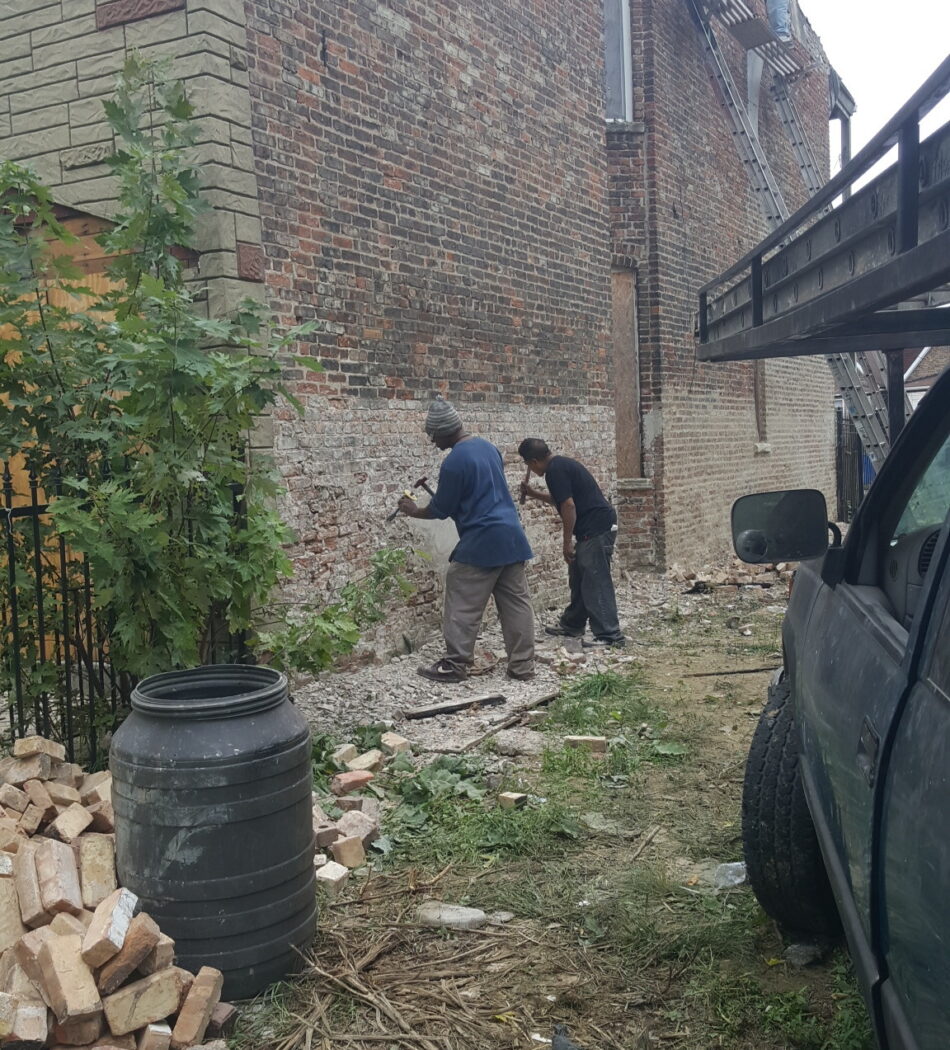


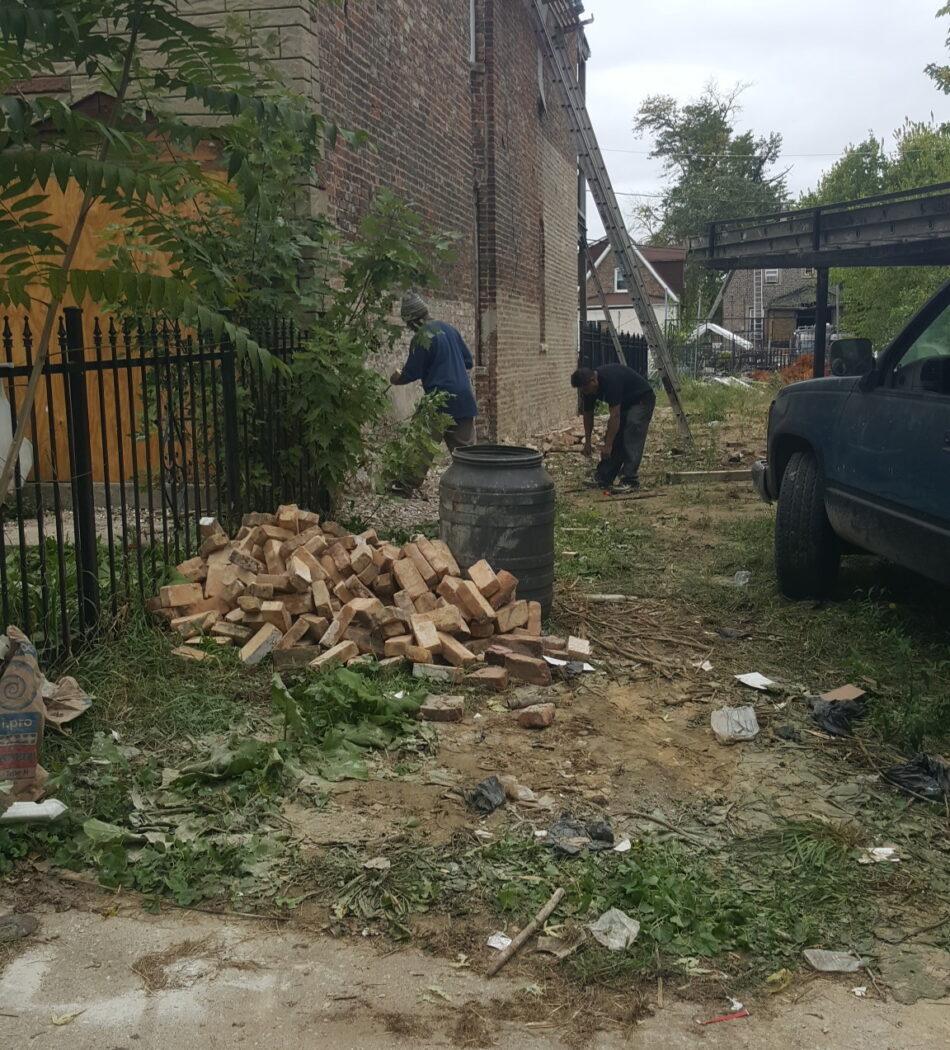
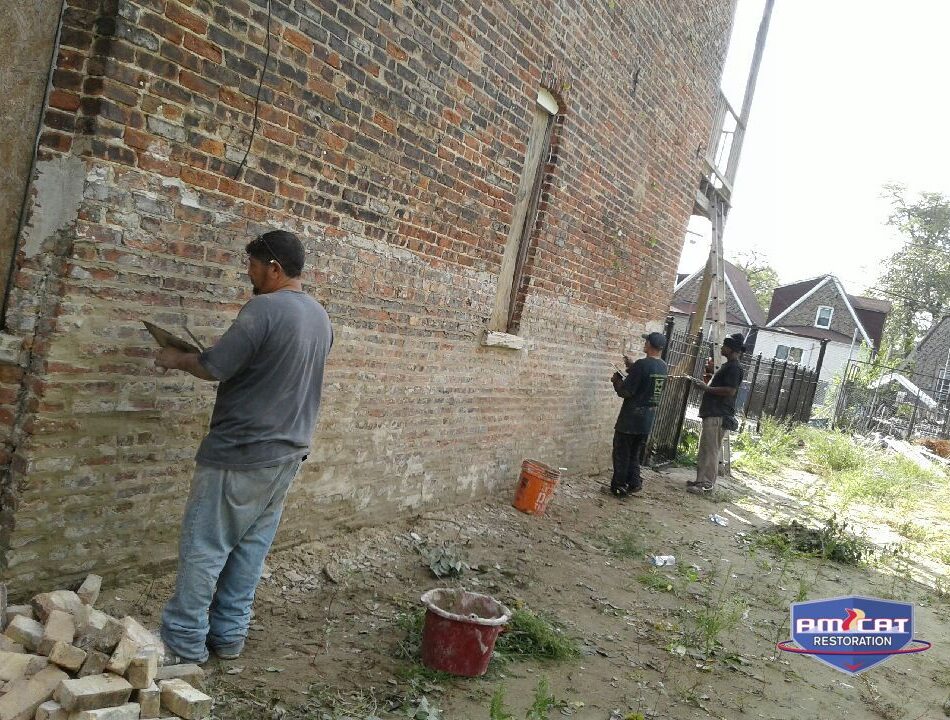



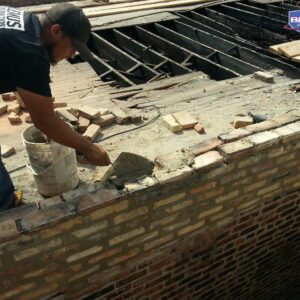


Reviews
There are no reviews yet.